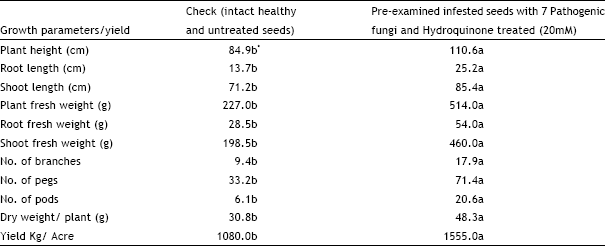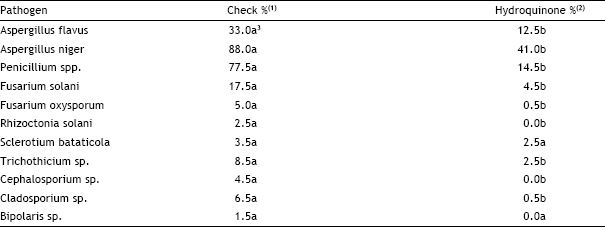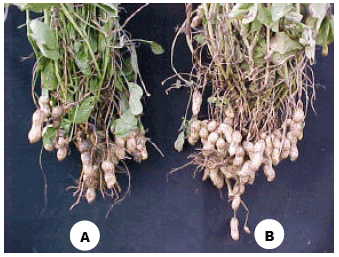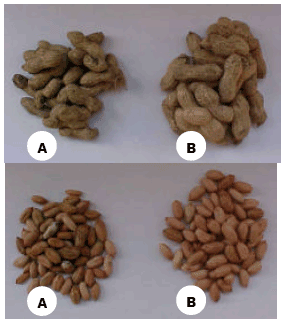Research Article
Use of Antioxidant Hydroquinone in the Control of Seed-borne Fungi of Peanut with Special Reference to the Production of Good Quality Seed
Department of Plant Pathology, Faculty of Agriculture, Mansoura University, El Mansoura 35516, Egypt












